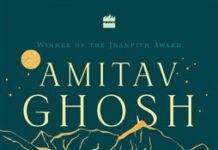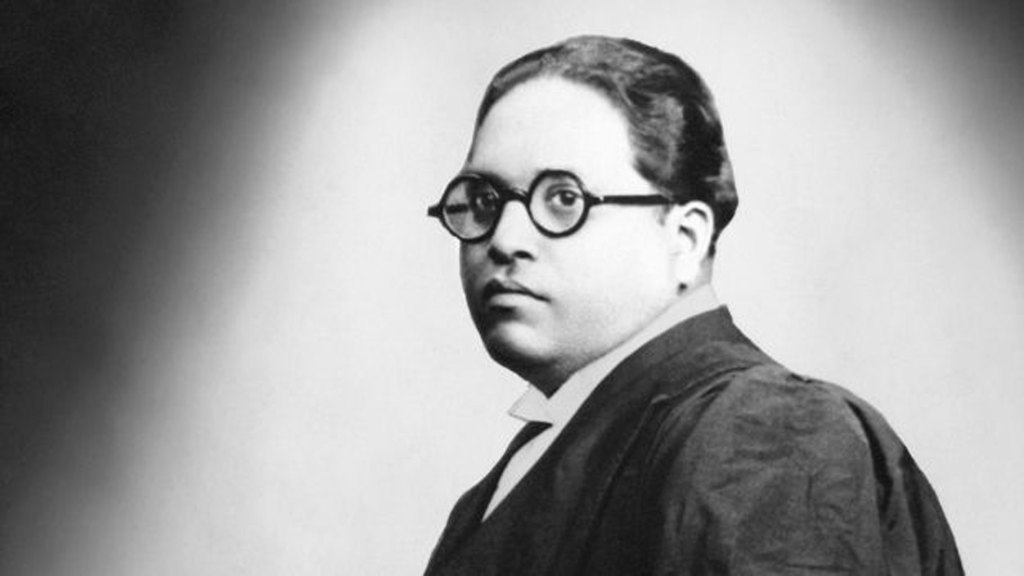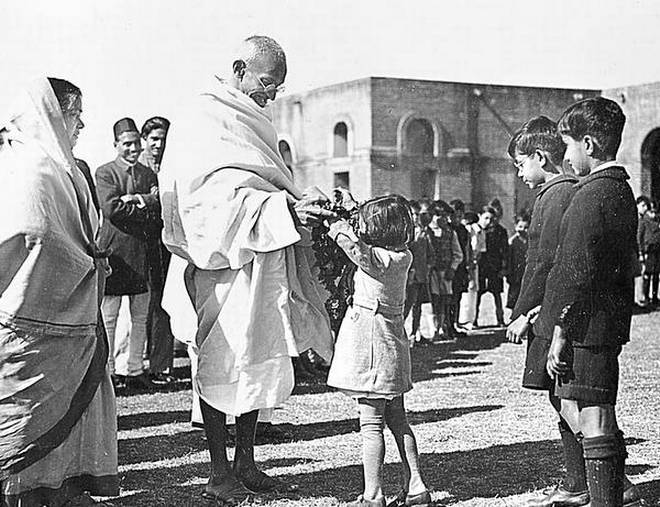Understanding…Overcoming Anger
Kulwant Kochad, Gussa (Anger), National Book Trust, New Delhi,2013
A good story throws light on life without moralizing, without sermonizing. Let parents and teachers read this book, and share it with their children. Here is a refreshing departure from the monotony of ‘serious’ textbooks. Children deserve it.
By Shruti Jain
The closest I have come to being a mother is the time that I spent with my nieces recently. I stayed with my sister’s family during a period of crisis. My sister being unwell for a while, the inexperienced I had the responsibility of looking after the two kids. The younger one was just born, and thus, was quite harmless. The elder was about ten then. Her temper soared easily, just like me. Whereas I had to restrain my anger many a times, given my age and reason, she was free to throw tantrums. So, there were moments of disagreement and tense silence between us, bordering to, well, ‘ego-clashes’! Burdened with worry and work, I did not have patience for always dealing with her tantrums. But was I really earnestly trying to communicate with this child? The experience at least made me realise the infinite amount of patience, intelligence, imagination, humour and goodwill one needs to be a parent and a teacher. Maybe reading this book earlier could help me deal with the situation in a better way!
Gussa (Anger) is a story of how a mother teaches her ten year old— effectively and without getting preachy (preaching often brings out the opposite from a rebel), how to deal with his anger. Her son is always fighting with their neighbours and his friends. She thinks of a way out. She asks him to hammer a nail every time he gets angry. It takes him a month to get over his anger. Then she asks him to pull out the nails. The child has meanwhile learnt to be aware of his anger, divert it in hammering the nails and eventually overcoming it. But most importantly, after pulling out the nails, he realises that just like the ugly holes left behind in the wall, his anger has also left its impact on others.
I feel it is much more important to have such stories in book-form these days as the children now-a-days are so much more cushioned. Not just cushioned from the repercussions of their acts, as the parents not always know how to deal with them, given the limited amount of time and patience they have with the children; but even cushioned away from the elderly warmth and folk tales and the summers at their mama or mausi’s homes, along with the sharing of games and stories with the hoard of cousins.
It is an eleven page book, with bright colourful pictures to attract children’s attention. What makes it good? What makes any piece of art or literature good? It touches us, it moves us. But in addition to a cathartic moment, it sets us thinking whether and how change is possible. I feel that the important point that the story makes is the need to reflect, and to be mindful. To be aware of our feelings—positive or negative, and to realise and channelize them and reflect on the impact our actions make the marks that they leave behind.
The story does not preach curbing anger, nor swallowing it, but it emphasizes being aware of when we feel anger and the necessity to feel responsible for what we do with it. Working on resistances, I think it is neither desirable, nor advisable to completely do away with anger, given the nature of our society. But what is important is to channelize it effectively, as the story suggests to me. If resistance is carried out with awareness, and not just as an impulse or reaction, it will be possible to sustain it. If it is only a reaction or angry impulse, say, I stop eating out of anger, then the hunger will torment me in addition to the anger! But if willingly and after deciding it as an act of protest, I do not eat, that will— the positive energy of that thought— will help me continue with my decision.
We are so easily given to impulses these days; for example, flying in rage is becoming so common. We wish to live forever on a high, bingeing our way through life. But then, sometimes I wonder whether we really intensely feel anything? Do we or our children ever really feel or are aware of even the ‘basic’ needs? We get food before we can feel hunger, drinks before we can ask for water, we are getting more sleep, more rest, before we ever really feel tired. Are we in tune with our own body, our feelings? We have almost forgotten what it feels like to really need something. If we do not understand our own needs, how can we understand other’s needs? Someone else’s hunger, someone else’s pain? Why this perpetual numbness and passivity?
Herein lays the necessity for such stories!












